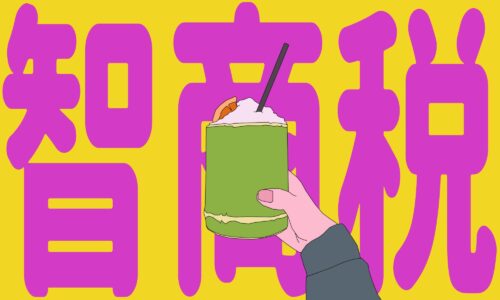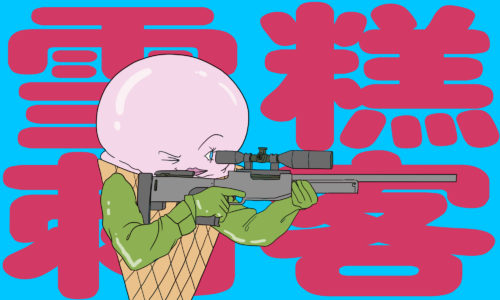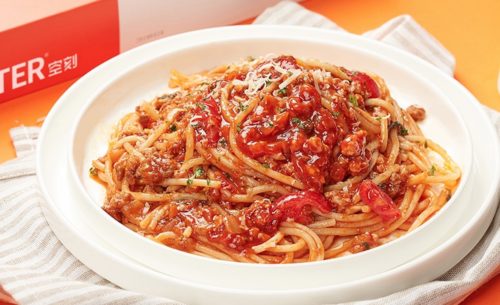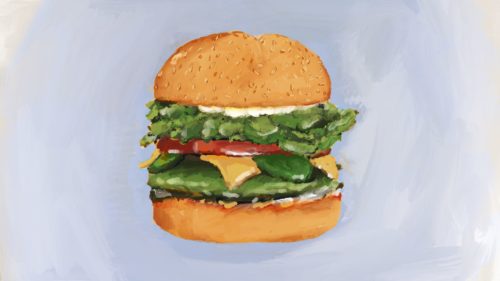Behind the success of Chicecream, China’s signature ice cream brand
Chicecream is an unashamedly expensive, proudly Chinese premium ice cream brand. And its hard-charging, tech-savvy CEO is eyeing the rest of the space in Chinese people’s home fridges.
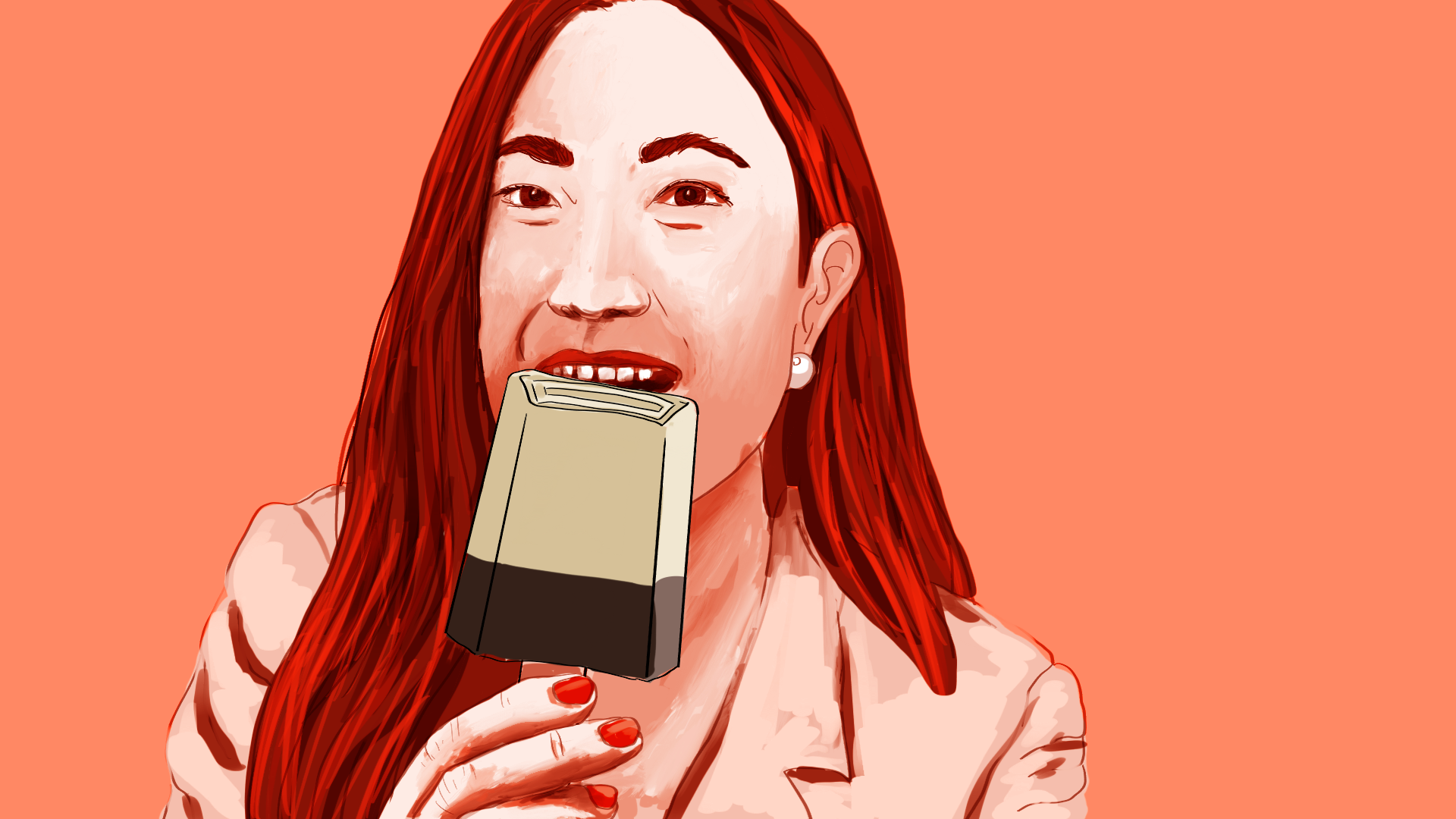
In a televised interview in early June, the entrepreneur Lín Shèng 林盛 was asked to explain the exorbitant prices of his popular ice cream popsicle: the 66 yuan ($10) Ecuador Pink. “This is its price,” he said. “Take it or leave it.”
Lin is the founder of Chicecream (钟薛高), a premier ice cream brand that has taken off in recent years. It is part of a cast of newly emerging Chinese consumer brands — such as HEYTEA and Genki Forest — that are challenging the older, more established Western processed food and beverage giants such as Coca-Cola in beverages and Häagen-Dazs in ice cream.
But internet users did not appreciate the CEO’s arrogant demeanor. They dug into the company’s history, and found that it was twice fined in 2019 for misleading advertising, including falsely claiming that its ice cream contained zero water. One document stated that the “premium red grapes from Xinjiang Turpan vineyard” that the firm advertised were found to be raisins sold in retail, and the “internationally acclaimed aged cheddar” had not won international awards.
Chicecream issued an official apology last Friday, but not before the criticisms of the brand went viral. By June 24, six hashtags about Chicecream were trending on Weibo, each garnering millions of views. But for Chinese companies, a controversy can be as much a certificate of success as a badge of shame.
The rise of Chinese ice cream
Founded in March 2018 in Shanghai, Chicecream deliberately bills itself as an authentic Chinese ice cream brand. Its Chinese name, Zhōngxuēgāo (钟薛高), is a homophone for “Chinese ice cream” (中雪糕 zhōngxuěgāo) in Mandarin. Because it’s not possible to register “China” as part of a trademark, “We came up with a homophonic mash-up of three Chinese surnames, Zhong, Xue, and Gao, to represent authentic Chinese identity,” said Lin (in Chinese).
In design, the ice cream bar resembles a Chinese roof tile and features the character 回 (huí, “to return”).
To cater to a young population that is increasingly health conscious, the company also promotes its ingredients as low-sugar, low-fat, and 100% natural.
The brand gained traction from the get-go. In 2019, its first month of sales totaled 6 million yuan ($926K). Last month, the brand completed a Series A financing round of 200 million yuan ($30 million). During this year’s 618 shopping day, one of the biggest online shopping events in China, Chicecream ranked third in JD.com’s ice cream category. The startup has sold close to 100 million ice cream bars thus far and boasts 2.15 million followers on its flagship Tmall store.
The man behind the brand, Lin Sheng, is a 40-year-old history major with a background in advertising. After China joined the World Trade Organization in 2001, Lin started his own advertising company in Shanghai. But he found his real passion to lie in the promises of the trend-obsessed, internet celebrity (wǎnghóng 网红) economy.
The wanghong-driven ecosystem — through social media platforms like Douyin, Xiaohongshu, and WeChat — had successfully birthed such homegrown consumer brands as HEYTEA and Perfect Diary. Aware of the influence that key opinion leaders (KOL) had on young Chinese consumers, Lin focused on selling ice cream online, away from the brick-and-mortar retail shops. He invited KOLs from Xiaohongshu to taste-test the product, going as far as parking a van packed with ice cream bars in front of the Xiaohongshu headquarters, according to an article (in Chinese) on WeChat.
A savvy entrepreneur, Lin didn’t choose ice cream at random. China is the largest market for ice cream in the world, with a market value of 150 billion yuan ($23 billion) last year, according to a 2020 industry report (in Chinese).
China news, weekly.
Sign up for The China Project’s weekly newsletter, our free roundup of the most important China stories.
Does Chicecream have a future?
In the early 2000s, luxury ice cream was the proprietorship of foreign brands. Domestic ice pops made by Mengniu Diary, Yili, and Guangming cost less than 5 yuan ($0.77), making the 50-yuan-a-scoop Häagen-Dazs the haute couture of frozen dairy.
With the emergence of high-end domestic brands like Chicecream and Zhongjie 1946, the old linkage between quality and imported brands is changing radically. In 2018, Chicecream launched Ecuador Pink, a pink cocoa powder popsicle priced at 66 yuan ($10.2). The bold price tag earned Chicecream the nickname “the Hermès of ice cream” after the famous French luxury brand. Evidently, the decision to compete at the premium segment paid off. At its launch during the Singles Day shopping festival on November 11, 2018, the company had 20,000 popsicles in stock and it sold out within 15 hours.
When asked about the price, Lin suggested that imports of unprocessed ingredients, such as the Japanese citrus fruit yuzu, kept the production cost at a high level. Each Chicecream flavor has a special name that gives off the impression of a high-quality product, such as “Semi-Opportunism” (半巧主义) or “Hand-Crafted Jasmine” (手煮茉莉). Chicecream is now collaborating with other food and beverage brands like nut and snack company Three Squirrels and liquor manufacturer Luzhou Laojiao to launch holiday limited-edition ice cream desserts. Chicecream has even begun to stamp its expensive price tag onto other products, such as dumplings — under one of its subsidiary brands, it sells a bag of 16 dumplings for a whopping 250 yuan ($38.6).
But as the market expands, the premium segment might get pinched from below. In recent years, the ice cream market has expanded alongside a booming middle class. In 2018, China’s ice cream market reached 124.3 billion yuan ($19.2 billion), an 11.98% increase from the previous year. Ice cream production, meanwhile, has only increased by 3.54%, according to data (in Chinese) published by the Huajing Research Institute.
That means that lower-tier ice cream brands are already discovering that quality is now more profitable than quantity. In a few years, premium brands may outnumber lower-tier competitors in a host of sectors.
“It’s not just ice cream,” said Zhū Dānpéng 朱丹蓬, an analyst from China Foods Ltd, to China Business Journal (in Chinese). “Fast-moving consumer goods like bottled water and instant noodles are seeing their low-priced products disappear.”
But Chicecream’s CEO may already have a plan for that, and the expensive dumplings show that the plan is already being implemented. Lin said in an interview (in Chinese) that his reason for starting Chicecream was not just the market potential of ice cream itself: He is “optimistic” about the entire “home refrigerator storage consumption market.” He chose ice cream to start because of the high frequency of purchases, but that still leaves the rest of the freezer compartment to fill with delicious treats, savory and sweet, for which Chinese consumers will pay top dollar.

